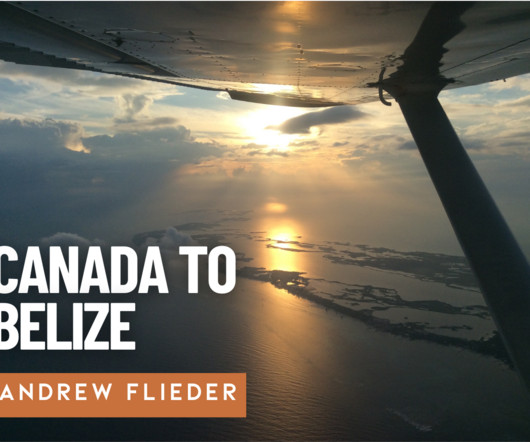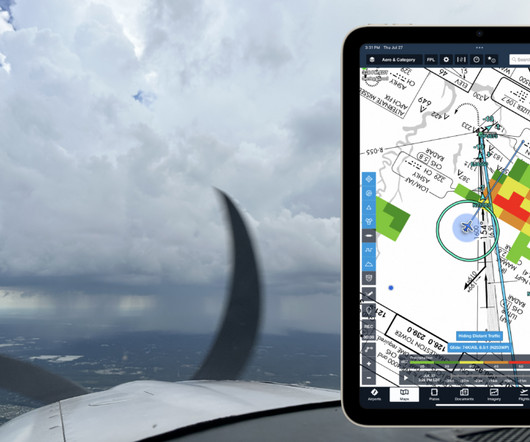Riding the Mountain Waves
Plane and Pilot
NOVEMBER 27, 2024
Often, turbulence is the harbinger of mountain waves, not the ideal ceiling—and visibility unlimited—day. Eighty-knot tailwinds aloft and higher-than-normal temperature difference between the surface and aloft. Think of the Great Basin High as a set of bellows pointed at southeastern Wyoming. So why was that flight so rotten?












Let's personalize your content